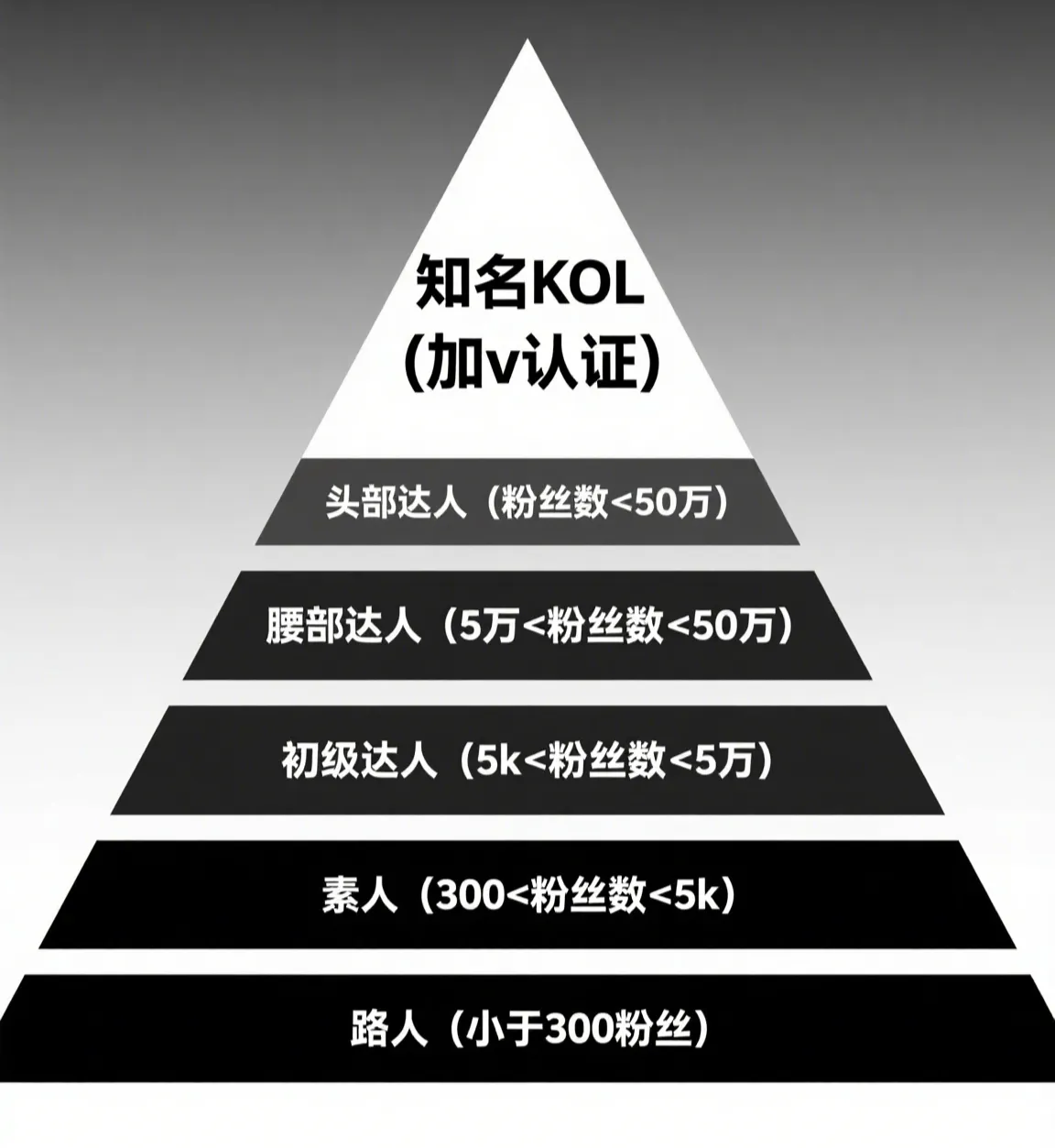How Web3 Projects Can Effectively Launch Comprehensive Marketing Campaigns on Xiaohongshu
Why Are Businesses Looking to Xiaohongshu for New User Acquisition?
Web3: Existing User Base vs. User Growth
Existing User Base: Web3 projects traditionally target established users by partnering with sector-specific influencers on X, collaborating with exchanges for promotional traffic, and tapping into high-traffic task platforms like Kaito, Galxe, and TaskOn.
This strategy may seem sound on the surface, but it faces three fundamental flaws:
- It circulates traffic within existing crypto circles, making it tough to reach new users;
- Intense project competition drives up marketing expenses;
- Fragmented user attention results in low conversion rates (few actual buyers).
As a leading Web2 traffic platform, Xiaohongshu can deliver net new users for Web3 and help projects break through ecosystem silos. The recent “crypto stocks” trend, for example, leverages the overlap between crypto and equity traders—expanding Web3’s reach to fresh demographics. Similarly, OKX’s campaign with prominent Web2 finance influencer “Xiao Lin Shuo” successfully drew crossover interest by tapping the shared mindset of crypto and finance audiences, increasing visibility and driving user acquisition.
Xiaohongshu Promotion Framework (Multi-Account Strategy, Influencer Placement, Advertising)
Public Channel Promotion Framework:
- Influencer matrix strategy
- ROI-driven measurement (create dedicated tracking links for each channel and perform post-campaign analysis)
- Multi-account strategy promotion
- Produce high-volume, content tailored to user interests (text and video)
- Advertising placements
- Leverage ad agencies to execute campaigns
- Create and manage your own Xiaohongshu brand account for direct oversight
1. Influencer Matrix Approach
1. How to Execute (Universal to Web3 and Xiaohongshu):
Early Stage: Collaborate with major influencers to publish research and strategy posts about your project, rapidly attracting attention.
Middle Stage: Deploy mid-tier influencers to share incentive outcomes and token outlooks. Select specific influencers or large-signal traders as amplification points. Simultaneously work with market makers to support token price appreciation.
Late Stage: Activate a broad base of smaller, long-tail influencers to spark ongoing discussion and keep the project top-of-mind. (For meme or short-term hype projects, this step can often be skipped.)
2. Target Audiences (Focus on Xiaohongshu)
First, clearly define your user targeting profile.
Project teams should analyze Web3 user traits and overlap with other Web2 audience categories to identify new growth segments. Influencers in finance and stock trading are especially valuable.
Accounts can be segmented by follower base as follows:
- Verified influencers (profile badge)
- Top influencers (more than 500,000 followers)
- Mid-tier influencers (50,000–500,000 followers)
- Junior influencers (5,000–50,000 followers)
- Amateurs (300–5,000 followers)
- General users (fewer than 300 followers)

Figure 1: Follower Tier Categorization
Exclusively targeting top-tier influencers rarely yields optimal results. It’s far more effective to broadly engage mid-tier and niche influencers. The recommended distribution from top to bottom is 1:3:50:100:150. For “general users,” reach often comes organically through user-driven sharing.
Start with broad outreach and individualized tracking per channel. After analysis, double down on high-performing influencers, repeatedly engaging them to maximize user exposure in those channels.
2. Multi-Account Strategy Promotion
Why leverage a multi-account strategy model?
While rapid user growth is valuable, conversion and retention are equally critical. The multi-account approach not only enables you to control both the quantity and quality of posts—quickly elevating brand visibility and sparking engagement. It also serves as an in-platform contact point, channeling users into private conversations for deeper conversion opportunities.
Web3’s high industry and technical barriers deter many new users. The onboarding process from Web2 to Web3 is fraught with friction—from VPN hurdles to wallet onboarding. Relying solely on broad exposure without hands-on operational guidance dramatically stifles user conversion.
How to Implement Multi-Account Strategy Promotion?
Establish multiple Xiaohongshu accounts
Generate a high volume of content
- Text & Images: Focus on creative, visually appealing posts
- Video: Develop custom scripts and produce videos as needed. Video shoots require on-camera talent and staging, which are resource-intensive. Alternatively, produce scripts and convert them to video using AI tools for efficiency.
3. Advertising Placements
During influencer and multi-account strategy promotions, use your brand ad account to repeatedly promote high-quality content and drive multi-touchpoint engagement.
- Partner with ad agencies for execution
- Contact Xiaohongshu to set up a brand account and personally oversee the process (Reach out for direct support if you need assistance building your brand ad presence on Xiaohongshu.)
In Summary:
Influencer Campaigns: The primary aim is to create project awareness and stimulate buying interest. Use a pyramid structure—let a handful of top-tier influencers provide initial momentum, but rely mainly on mid-tier and junior influencers for sustained coverage. Begin with broad testing, identify high-performing influencers, and intensify investment in them over time. In practice, influencer marketing rarely leads directly to purchases, but successfully cultivates intent and guides users into private channels for eventual conversion.
Multi-Account Strategy & Owned Channel Operations: Designed to drive higher conversion and retention. Start by publishing high-quality text/image or video posts on Xiaohongshu, attract and engage users with valuable content, encourage direct messaging, build a Xiaohongshu community, and strategically migrate users into your owned channels for direct conversion.
Disclaimer:
- This article is republished from [mengmeng_Crypto]. All copyright is retained by the original author [mengmeng_Crypto]. For copyright concerns, contact the Gate Learn team to resolve the issue in accordance with established procedures.
- Disclaimer: The views and opinions in this article are solely those of the author and do not constitute investment advice.
- Other language versions are translated by the Gate Learn team. Without explicit reference to Gate, translated content may not be reproduced, distributed, or copied.
Related Articles

The Future of Cross-Chain Bridges: Full-Chain Interoperability Becomes Inevitable, Liquidity Bridges Will Decline

Solana Need L2s And Appchains?

Sui: How are users leveraging its speed, security, & scalability?

Navigating the Zero Knowledge Landscape

What is Tronscan and How Can You Use it in 2025?
